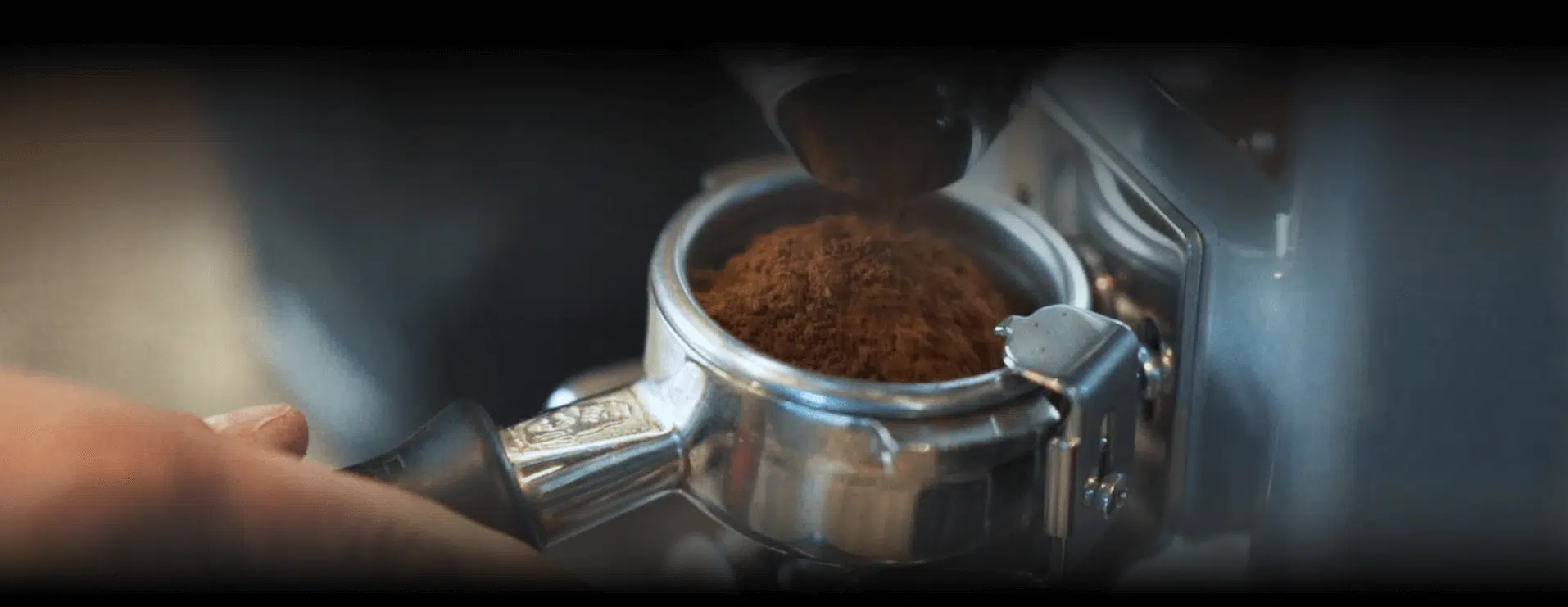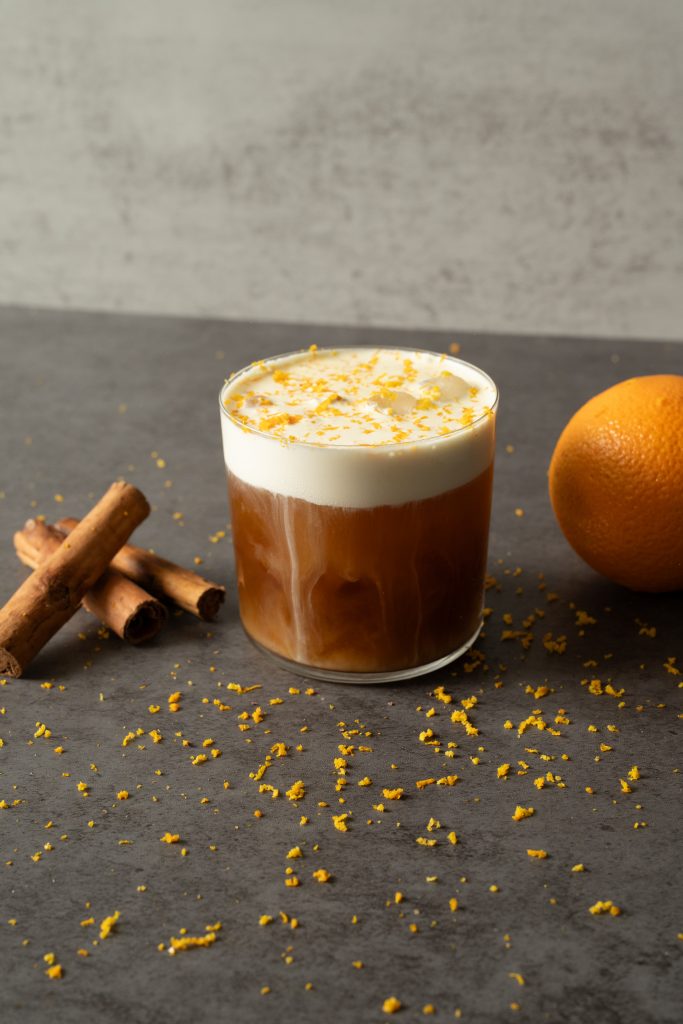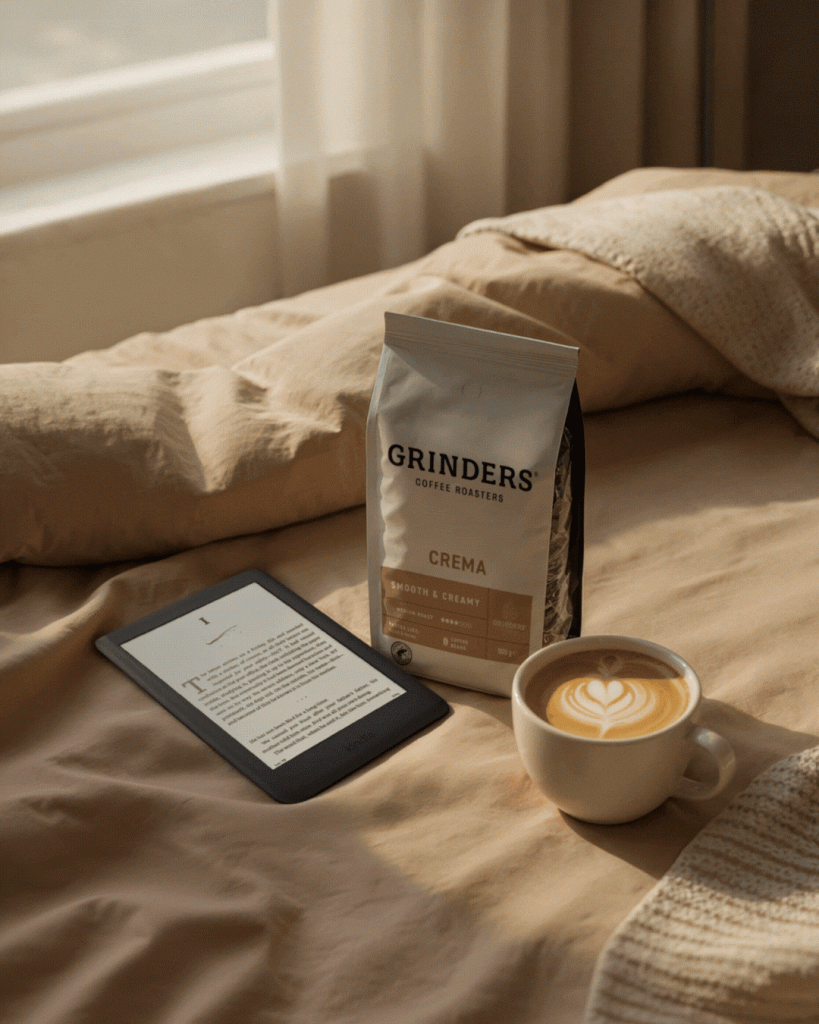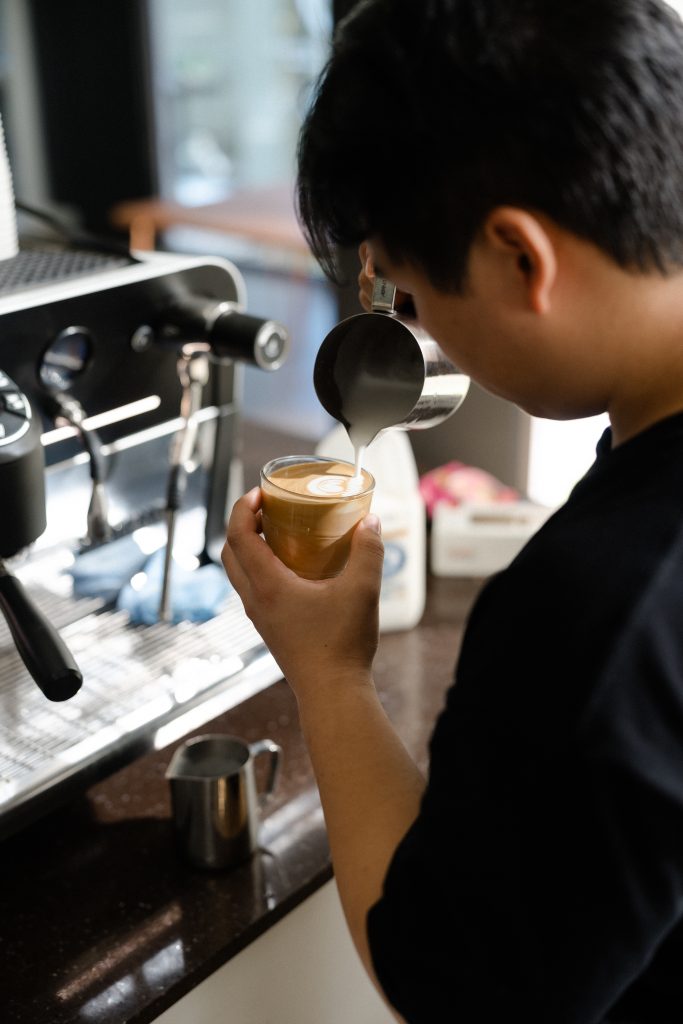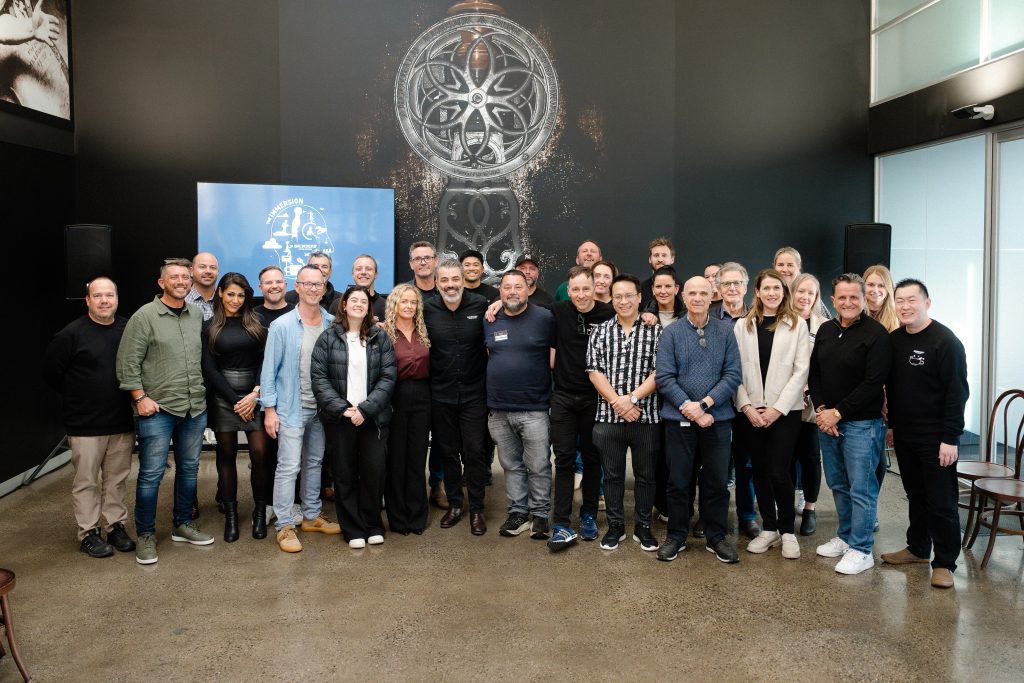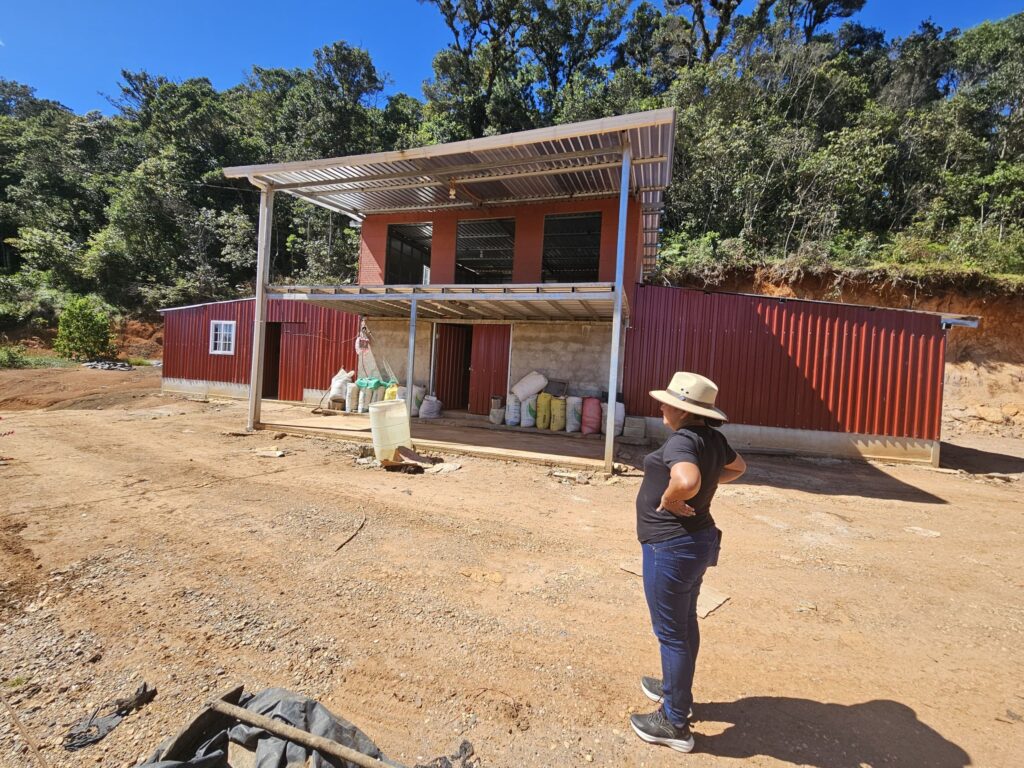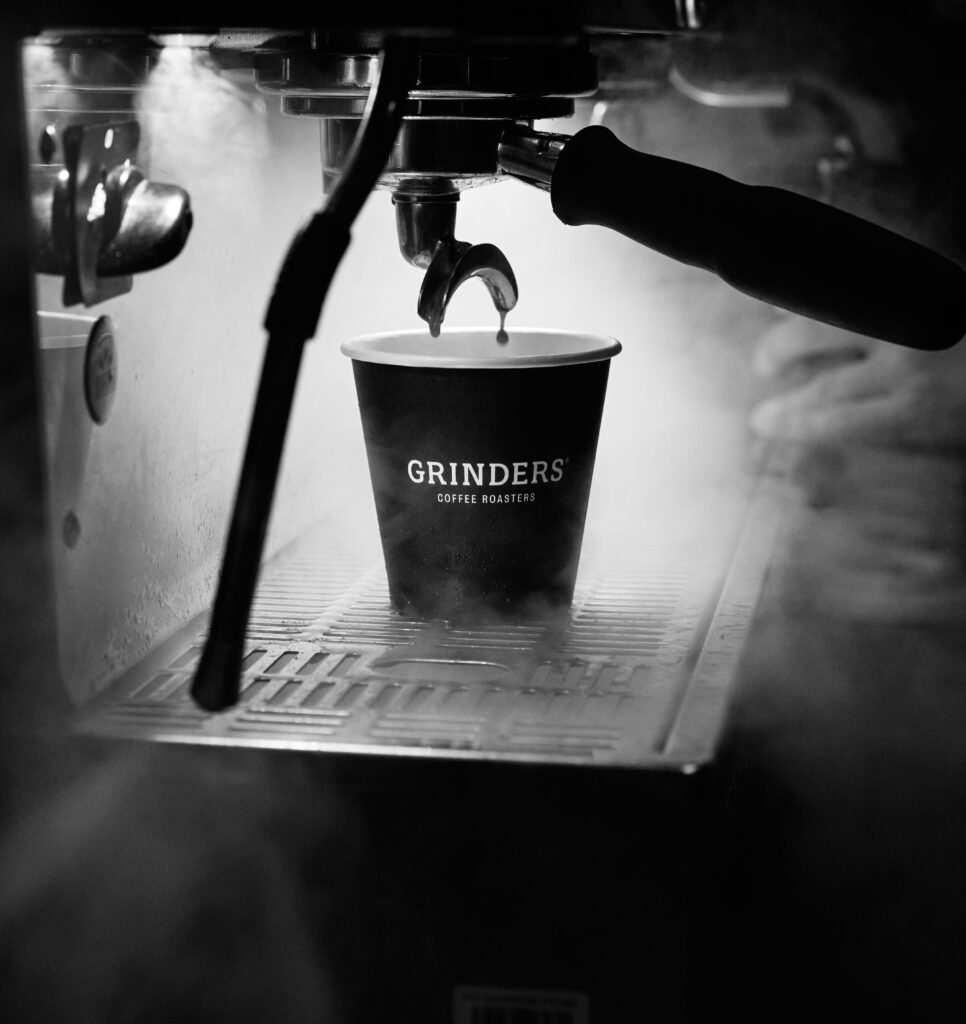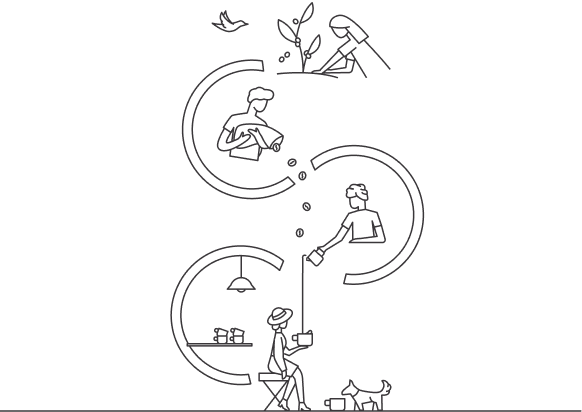
In the world of coffee, there’s no bigger buzz word than “ristretto”—a beverage loved by many avid coffee drinkers for its mystery and glamour. In this blog we dive into the question of what exactly is a ristretto and where its place is on the coffee menu, if at all.
What is Ristretto coffee?
Ristretto, in Italian, translates to ‘restricted’. Originating from Italy, ristretto gained wider acclaim in the 1980s, thanks to the endorsement of David Schomer, Espresso Vivace’s owner. A ristretto is the first part of the espresso extraction which results in a rich, syrupy and acidic cup.
We see ristretto shots finding their way into all sorts of drinks, such as a Magic, which is just a double ristretto ¾ latte.
The nerdy details of Ristretto
Ristretto is really all in your espresso recipe and in particular the coffee to water ratio. Leaving aside a traditional Italian espresso recipe of 7g Coffee to 30mL water, we’re going to look at our recommended espresso recipe of 22g Coffee to 44g liquid yielded in the cup.
This recipe will give us a full, double espresso which should have a balance of acidity, sweetness and bitterness. Whereas a ristretto is the first part of the pour, restricted to the acidity and sweetness. Coffee dissolves gradually, with the acids and oils dissolving first before starting to caramelise and dissolve sweeter flavours, which is what you’re getting with a ristretto. It’s the bitterness, complex flavours and the majority of the caffeine content that dissolves last which you’re missing out on in a ristretto.
Why Ristretto?
Perhaps you like more body but less caffeine. Perhaps you like a rich coffee with less bitterness. Some coffees, such as our Classic blend, are quite well suited to a ristretto, whereas our Foundation blend is delicious as a slightly longer espresso.
A double ristretto can taste great in milk. In particular for an 8oz takeaway coffee. We create our recipes for a double espresso as you would find in a 12oz takeaway coffee. A single espresso in an 8oz coffee can taste a bit milky with half the amount of espresso and ¾ of the amount of milk, and a double shot can throw out the coffee to milk ratio. A double ristretto in a takeaway milk coffee can be delicious.
In Summary – Trust Your Barista
A good barista should know the best way to serve their coffee, based on their cup sizes, coffee flavours and milk type. For example, if you ordered a piccolo latte from a seasoned barista on one of their stronger blends, they would likely give you a ristretto. For a light roasted arabica coffee, you’re really just extracting or dissolving less from the coffee, and with a high quality, lighter roasted coffee, you usually want to get as much out of it as possible.
So maybe there is a place for a ristretto, but leave it up to your local café to decide the right time to cut off your shot for a delicious tasting coffee.




